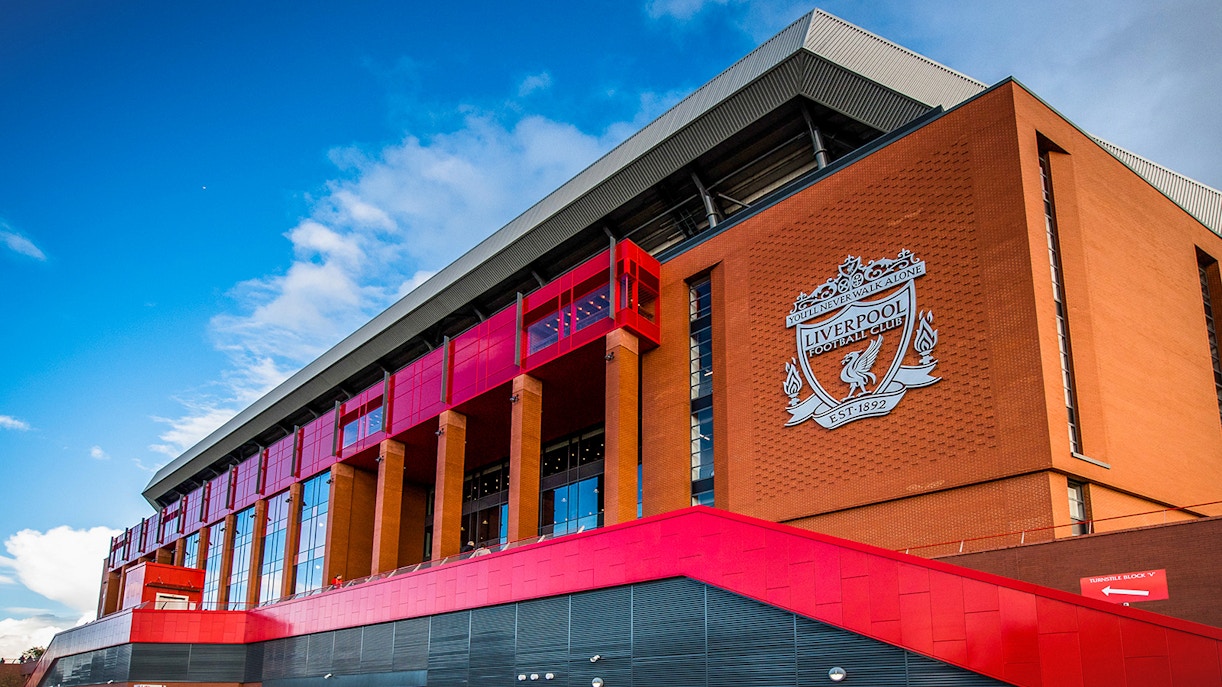Anfield's story began in 1884 as the home of Everton FC. Situated on land owned by John Orrell, it hosted its first match in September 1884 and even an international one in 1889. However, a land dispute led to Everton's departure in 1892. John Houlding founded a new club: Liverpool FC, making Anfield their home.
History of Anfield Stadium explained
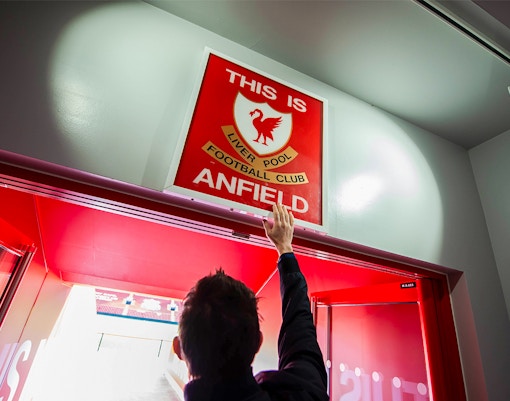
From Everton's home to Liverpool's birthplace (1884–1892)
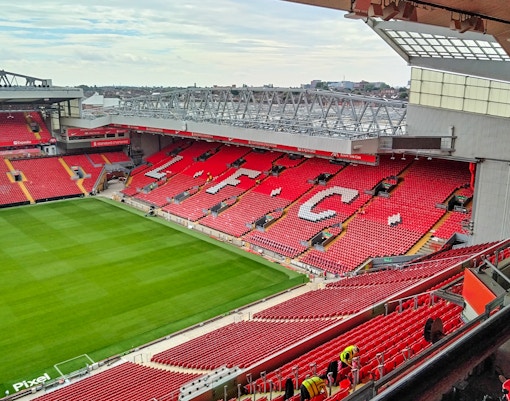
Liverpool's beginnings at Anfield (1892–1906)
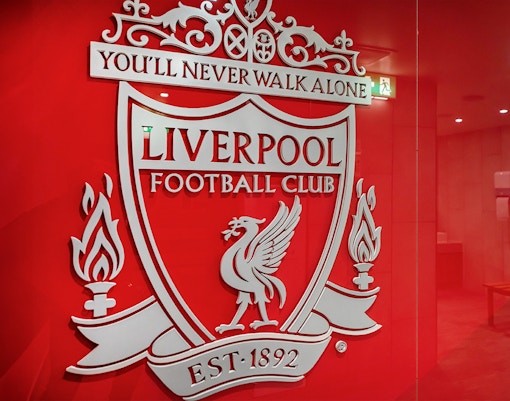
The emergence of the Kop (1906–1928)
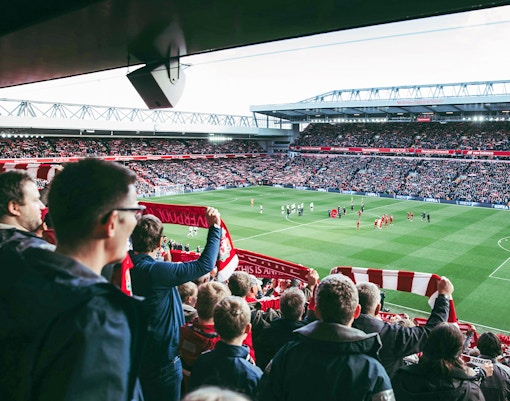
The expansion of the Kop (1928)
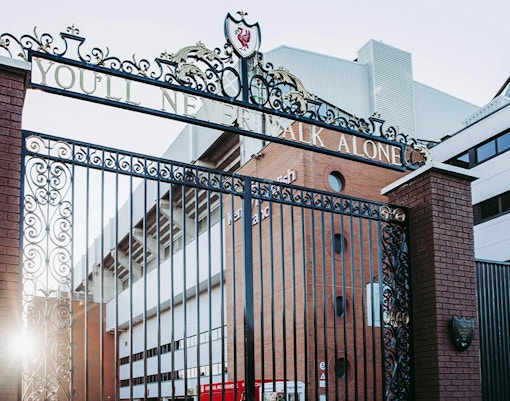
Shankly's arrival (1959–1970s)
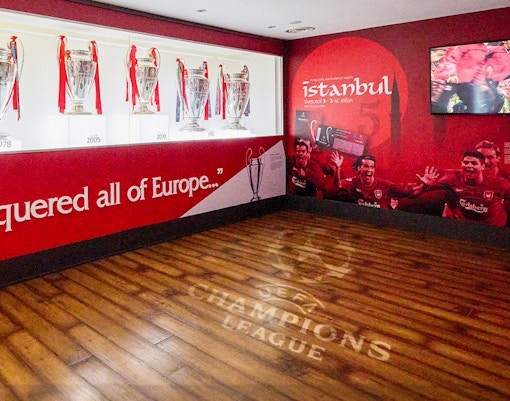
European Nights and Anfield's reputation (1970s–1980s)
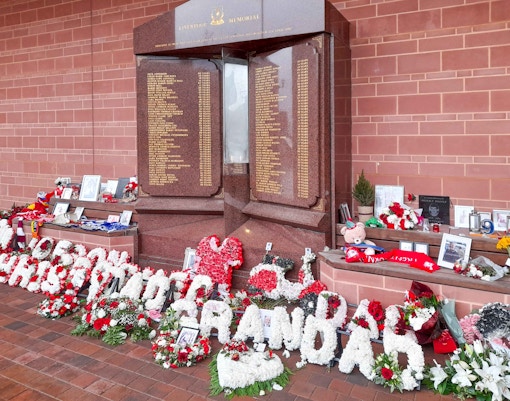
The Hillsborough Tragedy and aftermath (1989–1994)

